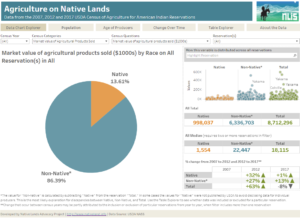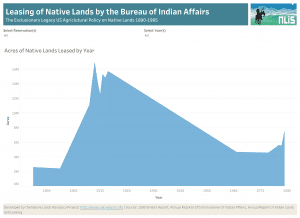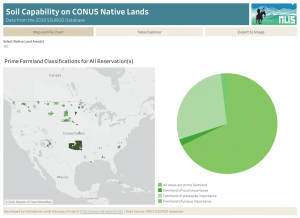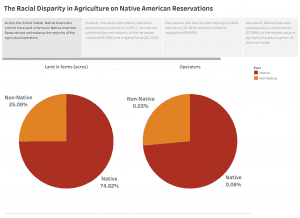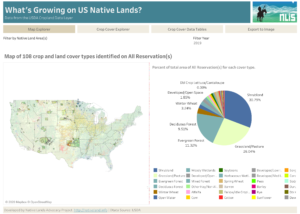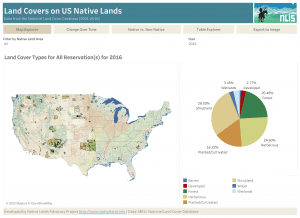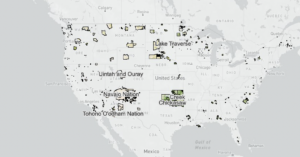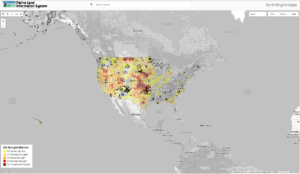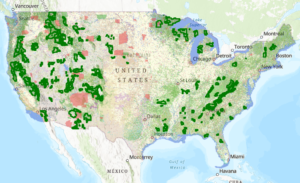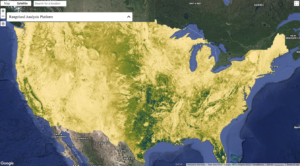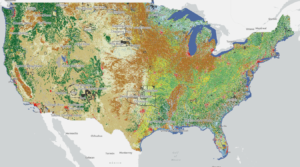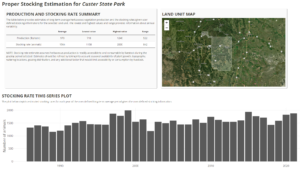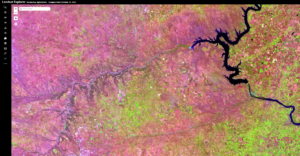NATIVE AGRICULTURE & LAND USE
Agriculture has and continues to be an important component of Native economies and cultures. Historically, it has been extremely difficult to find data to understand the extent, demographics, and potential of agriculture on native lands – until now! This page includes a vast collection of data and resources to assist native peoples better assess their resources and plan for the future.
Related Data Dashboards
Warning: Undefined property: WP_Error::$taxonomy in /var/www/vhosts/nativeland.info/httpdocs/wp-content/plugins/elementor-pro/modules/query-control/classes/elementor-post-query.php on line 259
Related Maps
Related Blog Posts
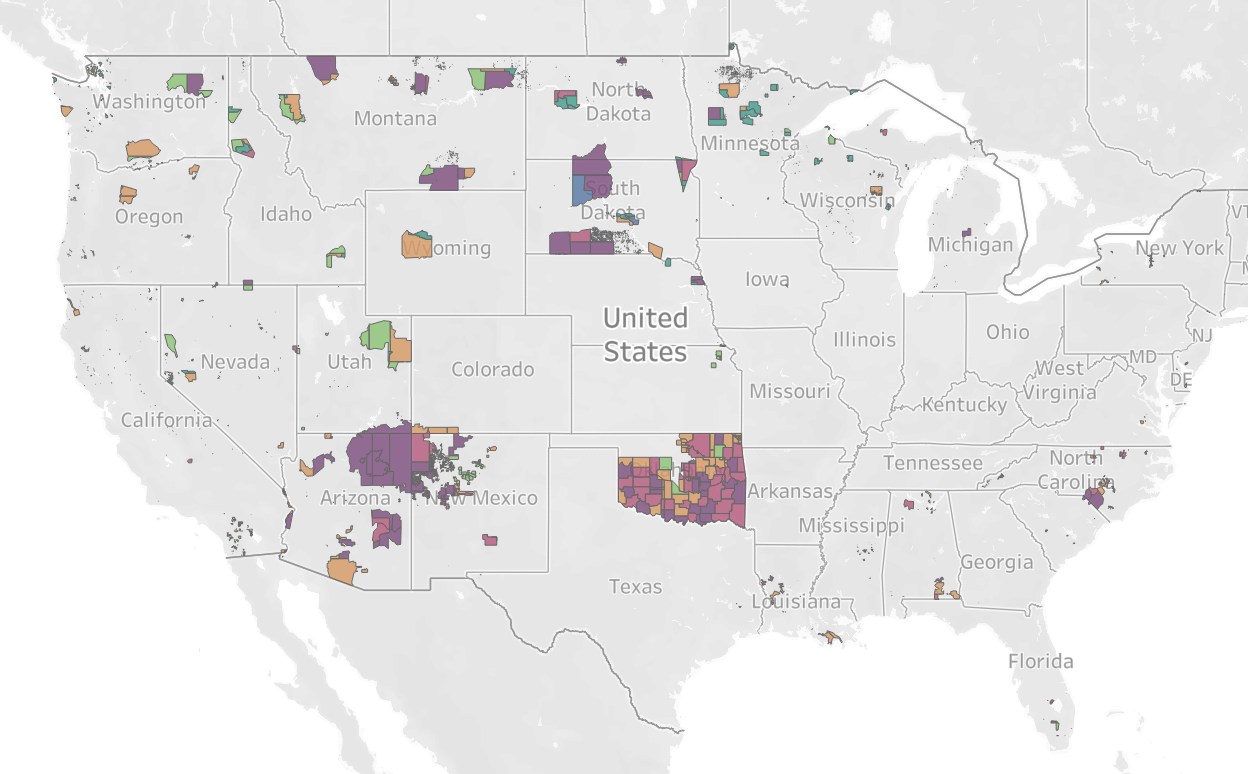
Reservations Experience Disproportionate Levels of Credit Insecurity
The new Credit Insecurity dashboard by the Native Lands Advocacy Project (NLAP) provides an at-a-glance understanding of tribal access to credit, revealing key discrepancies on
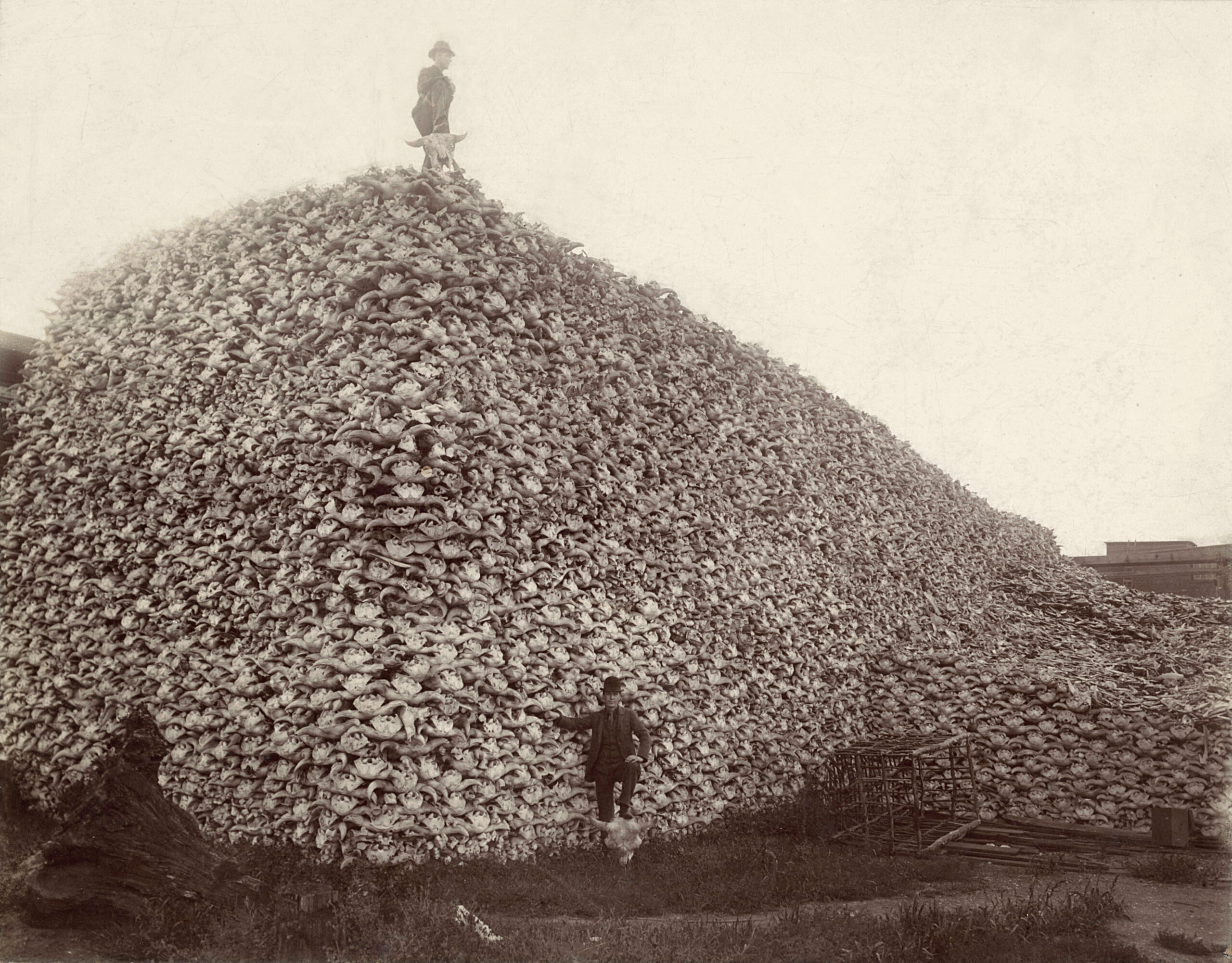
Creating a Historic Loss Assessment, Part 4: Extermination of buffalo and other significant losses
By calculating land dispossession, this report seeks to not only identify what has been taken from Native peoples but also how this theft became the original source of capital that built Colorado and the West.
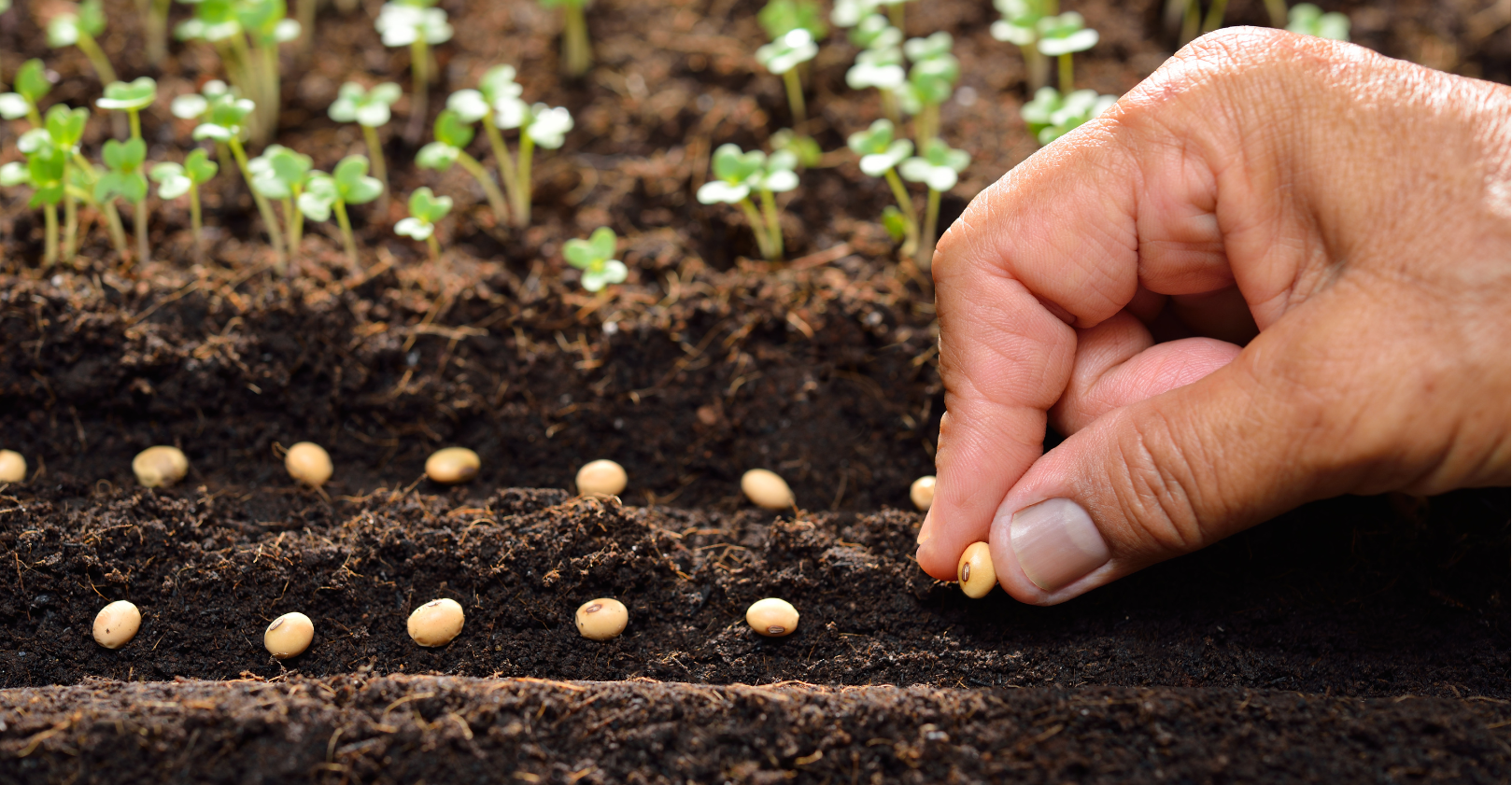
New Storymap: Visualizing Federal Spending in Indian Country
Learn about three new data tools that allow users to access relevant data about federal investments in Indian Country.

The Impact Project Maps the Effects of Federal Changes on Local Communities
The Impact Project helps equip tribes with relevant information about the real-time effects of federal policy changes on local communities.

Creating a Historic Loss Assessment, Part 3: Illegal settlements and loss of agricultural revenue
By calculating land dispossession, this report seeks to not only identify what has been taken from Native peoples but also how this theft became the original source of capital that built Colorado and the West.
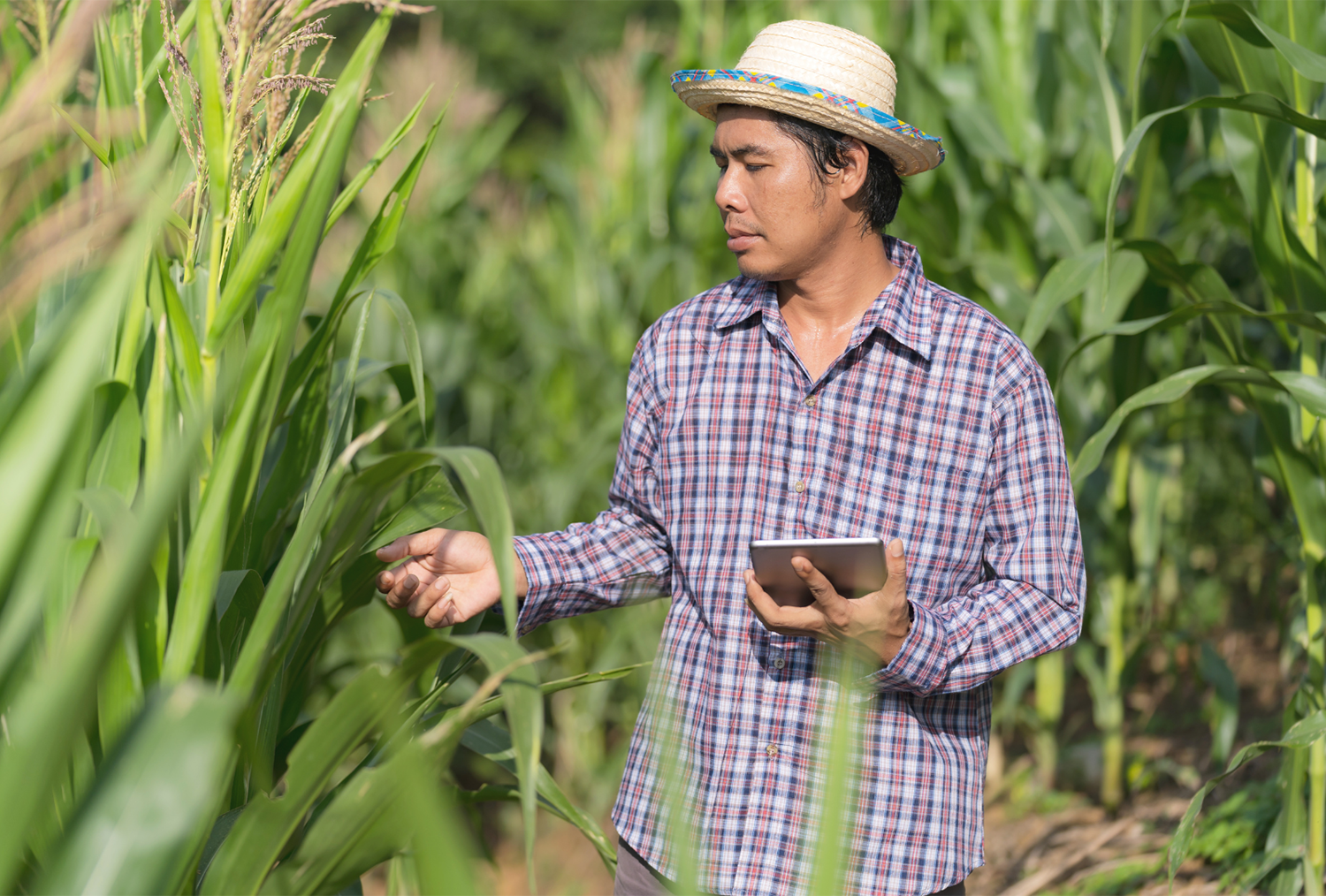
Keystone Data Tools for Native Land Planning: View the webinar recordings & share your feedback
This month, the Native Lands Advocacy Project (NLAP) wrapped up our webinar series: Keystone Data Tools for Native Land Planning. These webinars introduced attendees to

